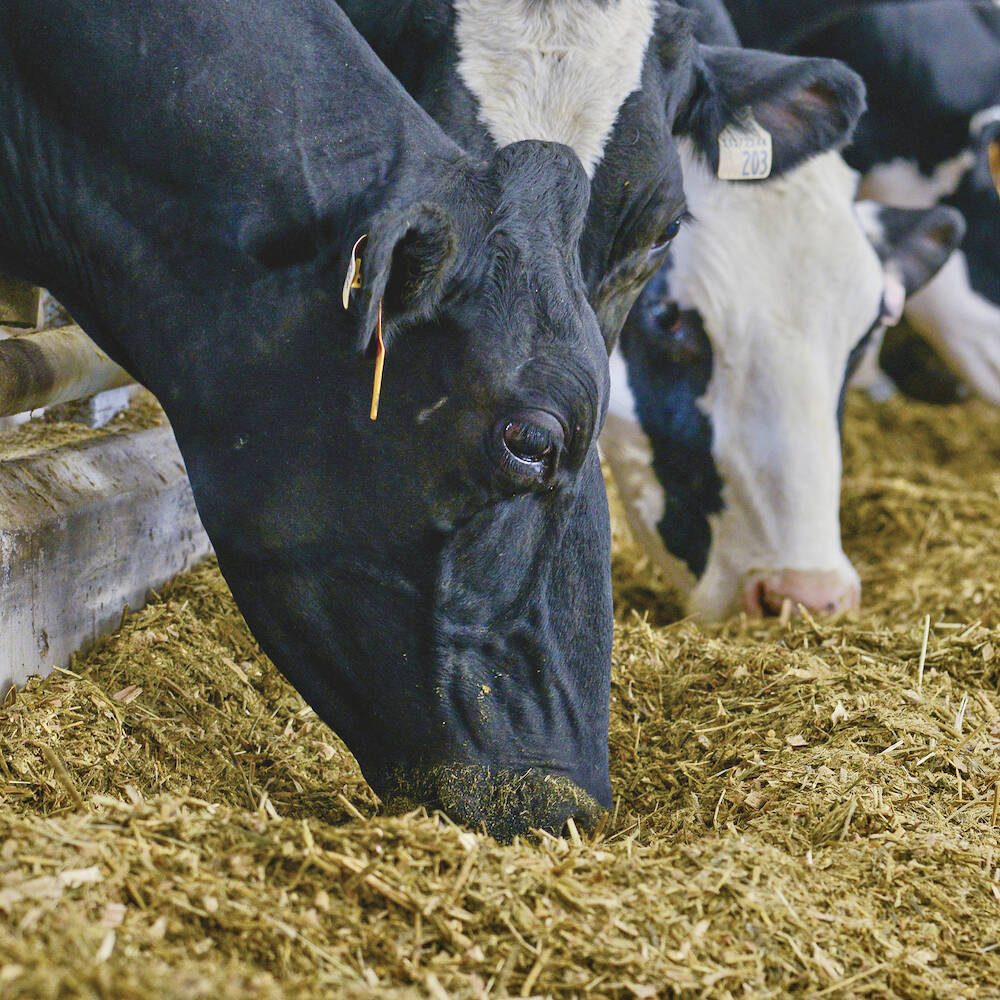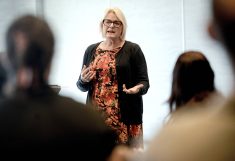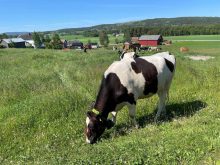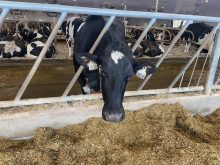The Lambton Cattlemen’s Association is one step closer to launching the region’s first community pasture.
The initiative, which involves converting conservation authority land into managed grasslands, is a first for southwestern Ontario.
Why it matters: Community pastures provide established and new farmers access to high-quality cattle feed while supporting soil health, pollinators, wildlife habitats, and other benefits.
“We have an agreement to access the land,” said Chad Anderson, a member of the Lambton Cattlemen’s Association community pasture committee. “Our next biggest step is membership in the Association of Community Pastures. We really can’t go forward without that membership.”
Read Also

Byproducts with benefits for dairy cows
Local food processors can be a source of financially advantageous byproducts for dairy cows, but make sure the ration is properly balanced.
Lambton’s community pasture is based on a leasing model, unlike the existing 11 community pastures in Ontario which were established on government-transferred lands.
“This is brand new,” Anderson explained. “We’re kind of building a model to allow the use of public lands to support grazing.”
The 187-acre site within the McKeough Upstream Lands will be leased for five years, with an automatic renewal for an additional five years through the St. Clair River Conservation Authority.
A significant portion of the land will be converted from monoculture to grassland, with plans to bale the existing grassland in 2026 and have it fully seeded to support a cow herd by 2027, said Anderson.
The SCRCA identified much of the McKeough lands as fragile and prone to erosion, especially along the floodplain, which Anderson said will have limited grazing.
“Rather than pursuing permanent retirement of these lands, conversion to pasture provides an opportunity to better achieve a balance between revenue and environmental sustainability,” a SCRCA staff report stated.
Anderson credits Kelli Smith, SCRCA land specialist, for being the only respondent to a Beef Farmers of Ontario’s inquiry about partnering with conservation authorities on community pasture access.
The Lambton Cattlemen’s Association plans to invest over $200,000 in infrastructure, including 11 kilometres of five-strand wire perimeter fencing, interior fencing, a watering system and seeding. According to the lease, SCRCA will retain ownership of the $170,000 perimeter fence.
The association’s goals are to help new entrants and young farmers access grazing, expand the region’s beef herd and promote high-management grassland and its benefits.
Once the community pasture achieves its ACP membership, it will gain access to insurance and government funding, including the recently announced $5 million Community Pasture Initiative (CPI) under the Resilient Agricultural Landscapes Program distributed through the Ontario Forage Council (see below).
To date, the Lambton Cattlemen’s Association has secured a five-year, $100,000 interest-free loan from Beef Farmers of Ontario, as well as $15,000 in its own funds.
“Now word has spread,” said Anderson. “I know at least of one other (association) that has reached out to their conservation authority.”
Municipal leasing
Similarly, Grey Dufferin Community Pasture is close to securing a 10-year municipal lease for 193 acres, currently used for crops, brush, and grassland, along the Amaranth-Grand Valley Townline near Jessopville in Dufferin County.
GDCP’s farm manager Mike Swidersky said while an official contract isn’t finalized, it’s in progress.
“The goal is to have some cattle on next year (in the shrub land),” he said. “If we can get it (crop land) seeded early next year, maybe late fall, we will graze the other part lightly.”
The GDCP’s Dundalk pasture currently supports 600 head, with the expansion acres earmarked as a 200-head breeding heifer pasture over the next five to seven years.
“It allows us to really encourage proper health protocols,” Swidersky said. “We could also offer pregnancy checking services as well, which smaller-scale farms might find difficult to get the vet in and do that.”
Historically, community pastures weren’t eligible for cost-share funding because they didn’t fit the individual farmer model, but the Community Pasture Initiative changed that.
“We’ve sort of hit a timing windfall,” said Swidersky. “It looks like a good portion of the money we will have 100 per cent funding, as far as the seeding and fencing infrastructure.”
The Dundalk pasture has served as a demonstration site for grazing management, welcoming scientists and holding open houses since 1979, and he’s hopeful there will be funds to expand those programs, too.
“We show off cost-share money that was (invested) in the 1980s and is still in use,” he explained. “We use local, it was spent locally and it’s benefited local producers for decades.”
The timing was also right a year ago to approach Dufferin County, which was reviewing the land for potential sale or alternative uses, including, briefly, a landfill proposal in March 2024. However, the land’s agricultural use and wetlands made it ideal for pasture.
Beyond agricultural benefits, Swidersky emphasized the environmental advantages for Dufferin County by utilizing grasslands for water filtration, carbon sequestration, and habitat diversification.
“This is a way for them to lead by example,” he said. “And be at the forefront of practicing what they preach, and it’s going to take really no investment from them.”













